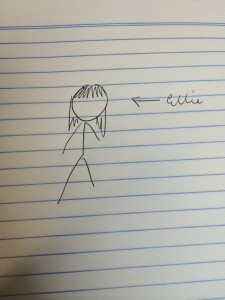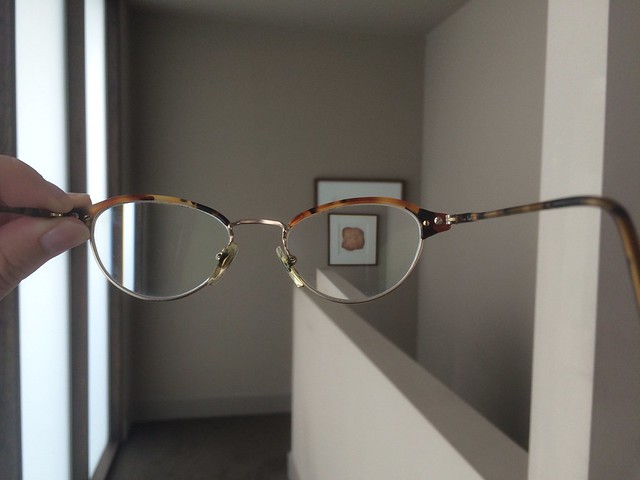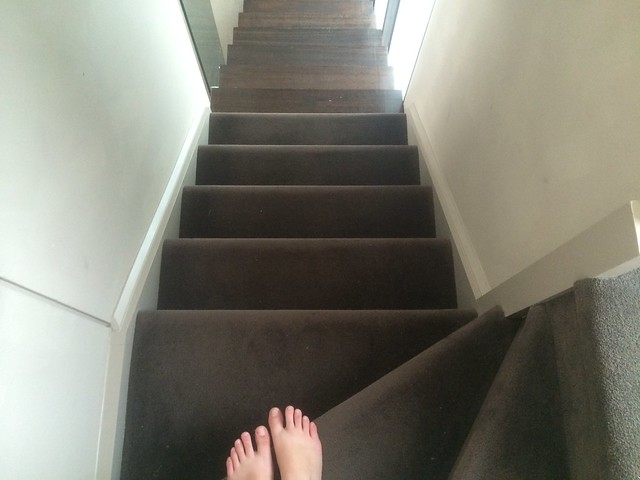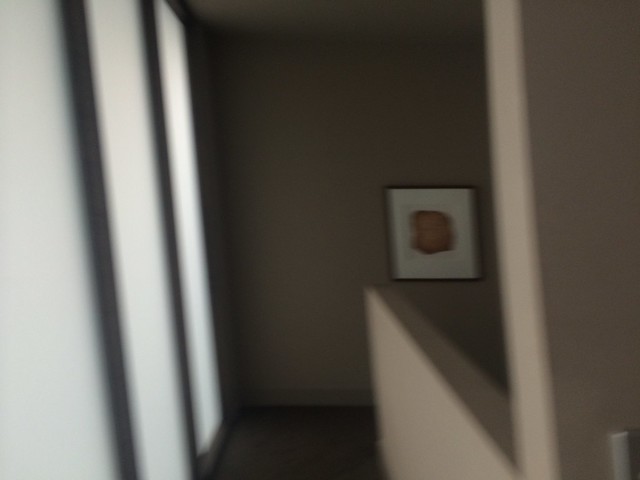After watching my presentation, my table made a really good point, a sort of ‘it’s obvious once you see it’ point: ‘How is this about you?’
As I mentioned in my process post, I wanted to detail the world I live in and use that in an abstract way to fill in the blanks of what I actually am. It’s something I’d like to expand on in the future but for now it does beg the question: is inverting a self-portrait to make it a portrait of everything but you being too abstract and sneaky? And does it even fulfill the brief?
I think some of my more abstract moments just came off as generic, particularly the audio. Yes, public transport is central to my life… just like most every university student and a great deal of the rest of the population. While it might mean x, y & z to me, when you listen to it without my personal preconceptions all you get is a girl that catches the train. It’s the audio equivalent of drawing a stick figure for a self-portrait.
I mean, yeah, technically
That said, I’m very happy with how the video and images came out. While I won’t be going further with the concept, I think my photoset demonstrated exactly what I wanted it to and held a sense of continuity without being too similar. I’ll be adapting the video for project brief no. 2 but I think it was a good representation of how I choose to see the world rather than how it is presented to me.
It’s given me a great deal to think about for my second project brief, which I know is going to be a lot more personal. Next time, I’m going to talk about the world I’ve created for myself rather than the world I happen to exist in.








